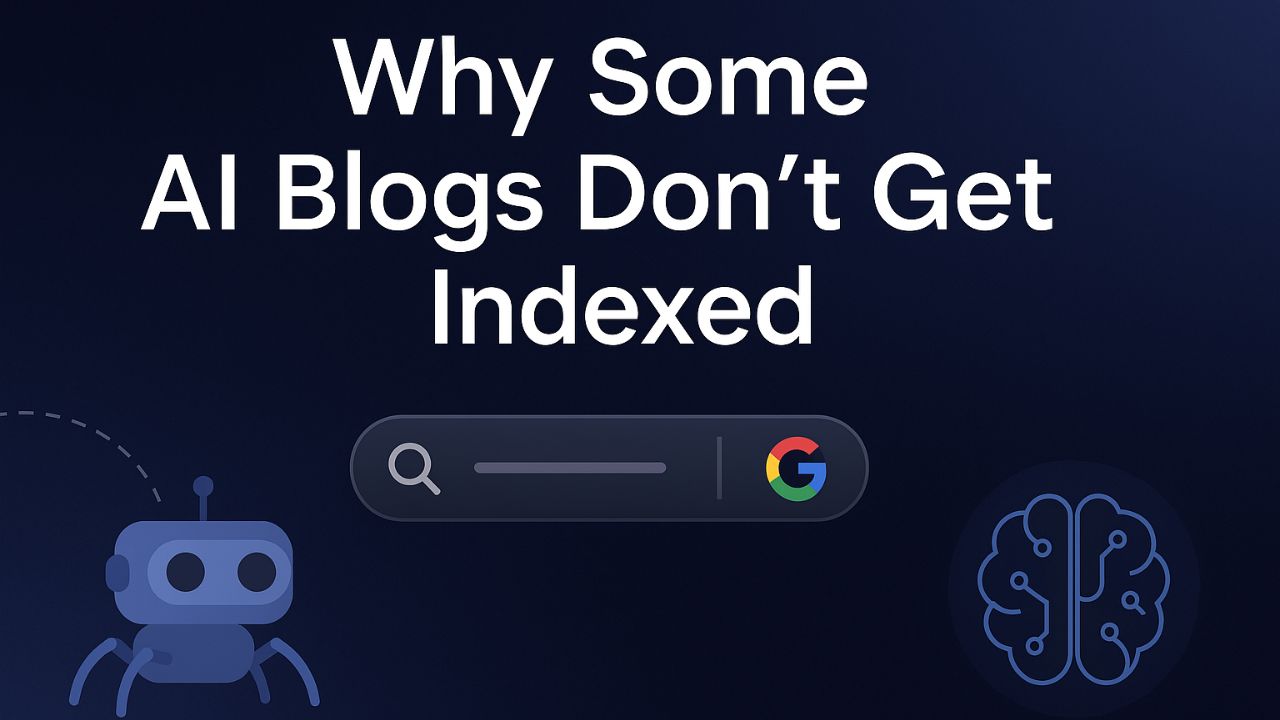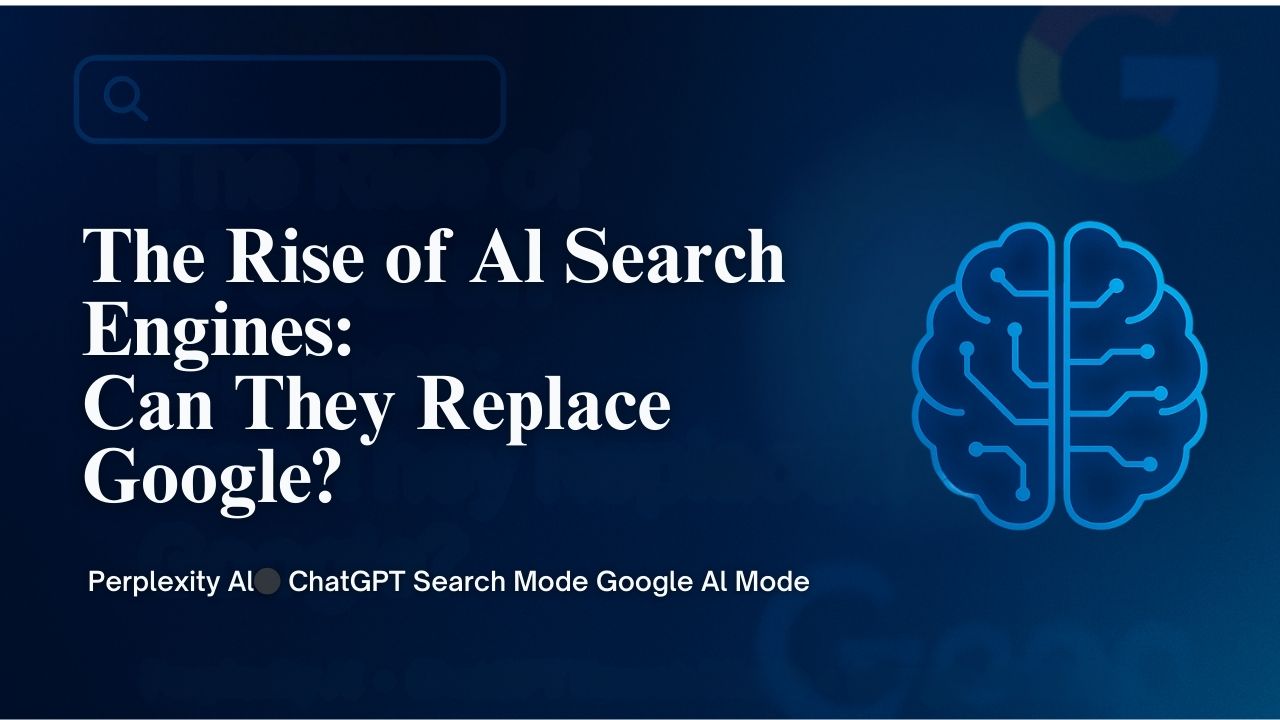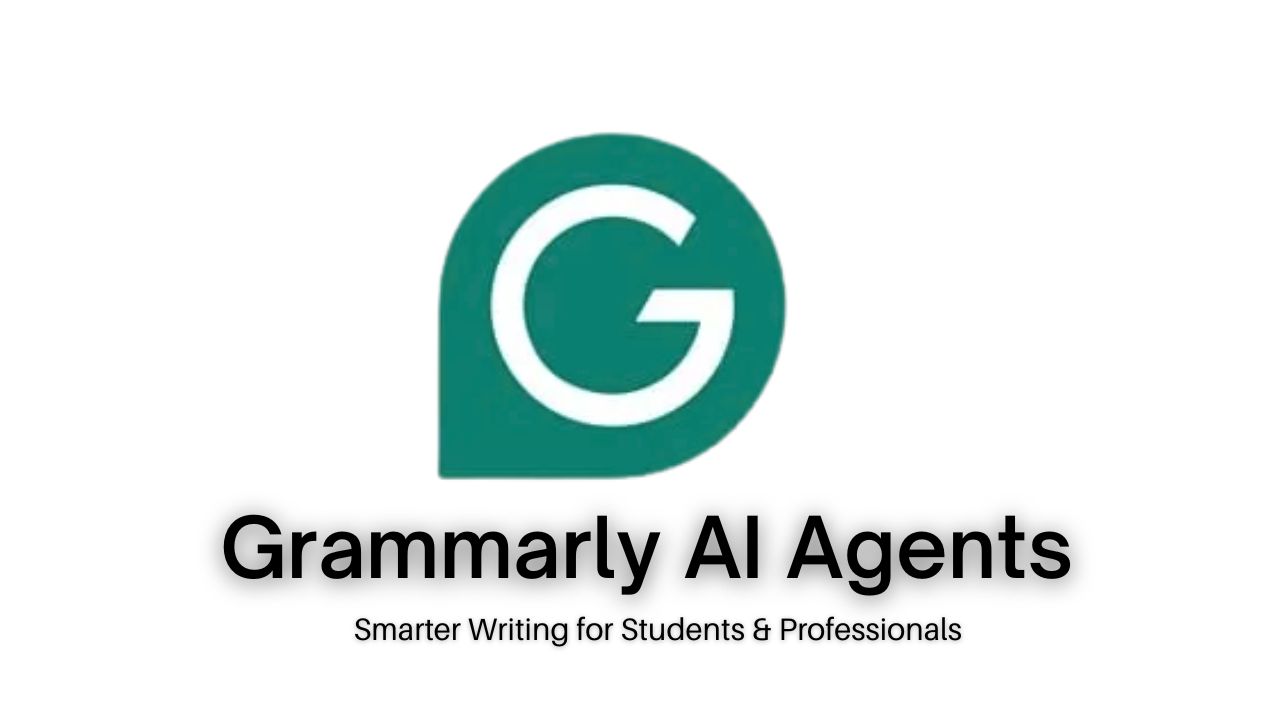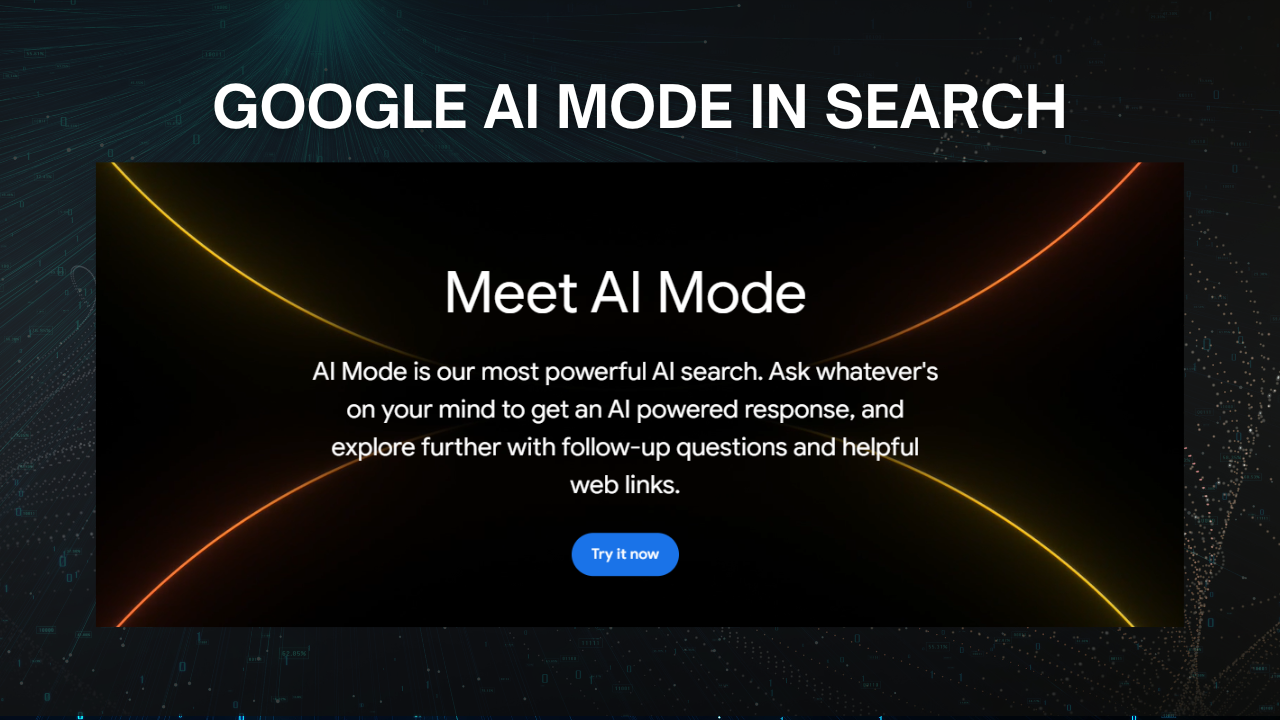Google’s AI Mode in Search Explained: How It’s Changing the Future of SEO
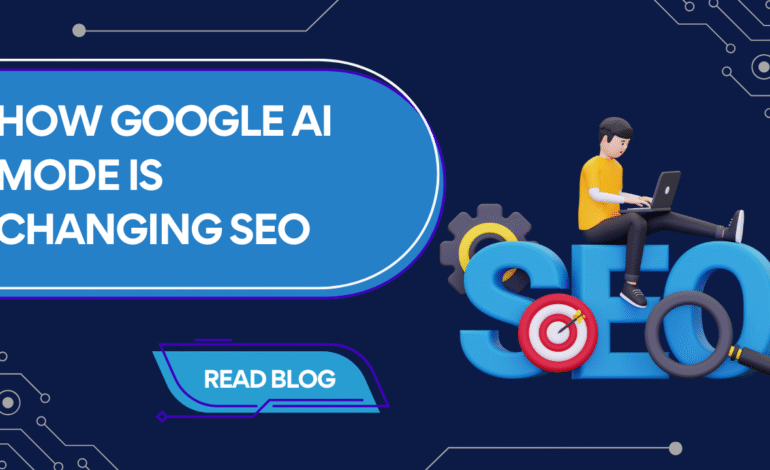
Introduction
The digital search landscape is undergoing a seismic shift.
With the integration of AI Mode in Google Search, the world’s largest search engine is no longer just matching keywords. Instead, it’s now understanding intent, analyzing context, and generating AI-powered summaries in real time.
This transformation is not just a small algorithm update—it’s a complete evolution of how people search and how brands must optimize.
In this blog, we’ll explore what Google’s AI Mode is, how it works, and most importantly what it means for SEO professionals, businesses, content creators, and marketers.
What is Google’s AI Mode in Search?
Google’s AI Mode (currently rolling out in stages globally) refers to the integration of Generative AI and Large Language Models (LLMs) like Gemini (formerly Bard) directly into the search engine.
Instead of showing a standard list of blue links, AI Mode now provides:
- AI-generated overviews
- Smart suggestions
- Follow-up queries
- Context-aware results
- Interactive snapshots
This is part of Google’s broader initiative known as Search Generative Experience (SGE)
Key Features of Google AI Mode
Let’s break down the most powerful features that are revolutionizing SEO:
1. AI-Powered Overviews
Google summarizes multiple sources and generates an answer at the top of the page using AI. These overviews may replace traditional featured snippets.
2. Follow-Up Prompts
After getting an answer, Google offers intelligent follow-up questions that guide users deeper into their search journey.
3. Contextual Search
The AI remembers the query flow, offering refined results based on previous interactions—similar to a conversation.
4. Multimodal Search
Combining text + image search with tools like Google Lens and Circle to Search, AI Mode understands visuals and queries together.
5. AI Recommendations
In product-based queries, Google uses AI to compare, summarize, and recommend products—changing how people make purchase decisions.
How Google’s AI Mode Impacts SEO
1. Shift from Keywords to Concepts
AI Mode understands semantic meaning, not just keyword matches. It values context, clarity, and user intent. Keyword stuffing is now more damaging than helpful.
2. Decreased Click-Through to Websites
With AI summaries giving direct answers, users may no longer need to click your website—reducing organic CTR even if you’re ranking well.
3. E-E-A-T Becomes Crucial
Experience, Expertise, Authoritativeness, and Trust (E-E-A-T) is now non-negotiable. Google favors content from real experts, backed by credible sources.
4. Structured Data is a Game-Changer
To get included in AI summaries, your site must use structured data (Schema markup) to communicate context to the AI clearly.
5. Need for Visual & Interactive Content
Google’s AI Mode prefers multimedia-rich content—images, videos, charts, and FAQs all help your page become more “AI-friendly”.
Best SEO Strategies for AI-First Search
If you want to stay ahead of the curve, here’s what your SEO approach needs in 2025:
1. Topic Clusters & Semantic SEO
Instead of isolated blog posts, create a network of related articles that cover a broad topic in depth—this helps AI understand your authority.
2. Use Structured Data (Schema.org)
Markup your product pages, blog posts, FAQs, and reviews with Schema. It increases your chance of inclusion in AI-generated snippets.
3. Build Personal Brand Authority
Google’s AI favors content with visible authorship. Use author bios, LinkedIn links, credentials, and experience to build trust.
4. Write for Humans First, AI Second
Natural, helpful, human-written content that addresses real questions will always win. Focus on value, depth, and clarity.
5. Track AI Snippet Visibility
Tools like Ahrefs, SEMrush, and SEOClarity are now tracking AI-generated answers. Start analyzing how your content performs in AI mode.
6. Refresh & Repurpose Evergreen Content
Keep updating high-performing blogs with the latest data and insights. AI rewards fresh and relevant information.
Examples of Search Transformation with AI Mode
- Old Search: “Best budget smartphones under $500” → List of blog posts and affiliate sites.
- AI Mode: Shows AI-curated summary comparing top 5 smartphones with pros & cons from multiple sources—before links.
- Old Search: “How to fix a leaking tap” → Step-by-step blog articles or YouTube links.
- AI Mode: Interactive AI answer with visuals, highlighted tools required, and direct solutions—followed by related queries like “Is it safe to DIY?”
Industries Most Affected by AI Mode
- Ecommerce – Product recommendations now come from AI summaries.
- Health & Wellness – Medical content must be fact-checked and authored by experts.
- Finance – Google requires top-level credibility for money topics.
- Education & Tutorials – Content must be clean, interactive, and detailed.
- News & Trends – Real-time AI summaries give users the story at a glance.
Opportunities with AI in Search
- Create AI-optimized content that answers real questions and includes visuals.
- Use video + blog + image combo to increase visibility.
- Focus on long-tail keywords that AI may miss in short queries.
- Optimize for voice search, which ties directly with conversational AI behavior.
Final Thoughts
Google’s AI Mode in Search is not the end of SEO—it’s a redefinition.
To succeed in this new environment, brands need to create authentic, expert-led, multimedia-rich content that provides real answers to real questions.
Don’t chase the algorithm. Serve your audience. If your content genuinely helps users, Google’s AI will notice and reward it.
Frequently Asked Questions (FAQ)
1. What is Google’s AI Mode in Search?
Google’s AI Mode is a new search experience powered by generative AI. It delivers smarter, summarized answers, helps with follow-up queries, and provides more interactive search results through the Search Generative Experience (SGE).
2. How does the Search Generative Experience (SGE) work?
SGE combines Google’s AI with search algorithms to generate instant overviews of topics, smart suggestions, and deeper contextual results—all on the search page itself.
3. Does this mean SEO is dead?
Not at all. SEO is evolving. While AI can reduce some organic clicks, it also rewards quality, clarity, and authority. Helpful content that answers user intent is more valuable than ever.
4. What type of content performs well in AI search?
Content that is:
- Easy to read
- Clearly structured (headings, bullet points)
- Trustworthy and cited
- Optimized for common questions (FAQs, How-tos, etc.)
5. Should I change my SEO strategy now?
Yes. You should focus more on:
- E-E-A-T (Experience, Expertise, Authority, Trustworthiness)
- Creating AI-friendly formats (FAQs, summaries, structured content)
- Matching natural language queries used in voice search
6. How do I know if SGE is affecting my site traffic?
Check your analytics for changes in impressions and CTRs. Also, monitor performance for long-tail keywords and featured snippets, as these are key areas influenced by AI results.
7. Is SGE available worldwide?
Currently, SGE is available to select users in specific regions (like the U.S.) via Google Labs. A broader rollout is expected but not yet confirmed.
